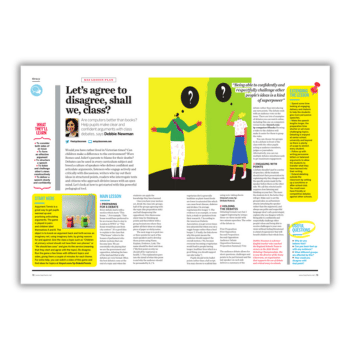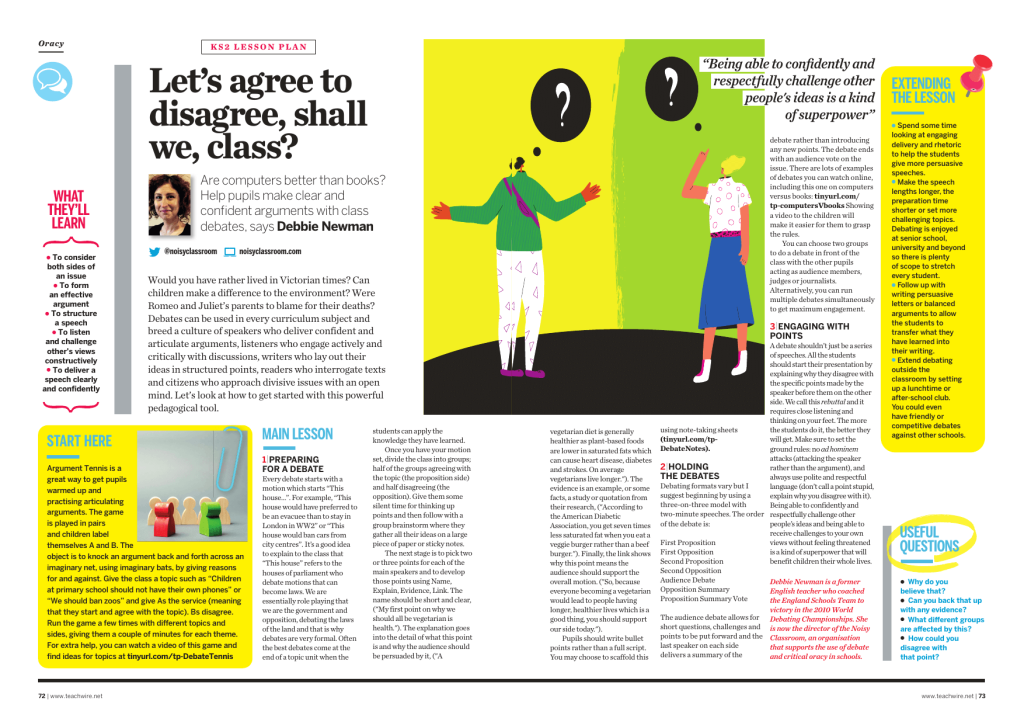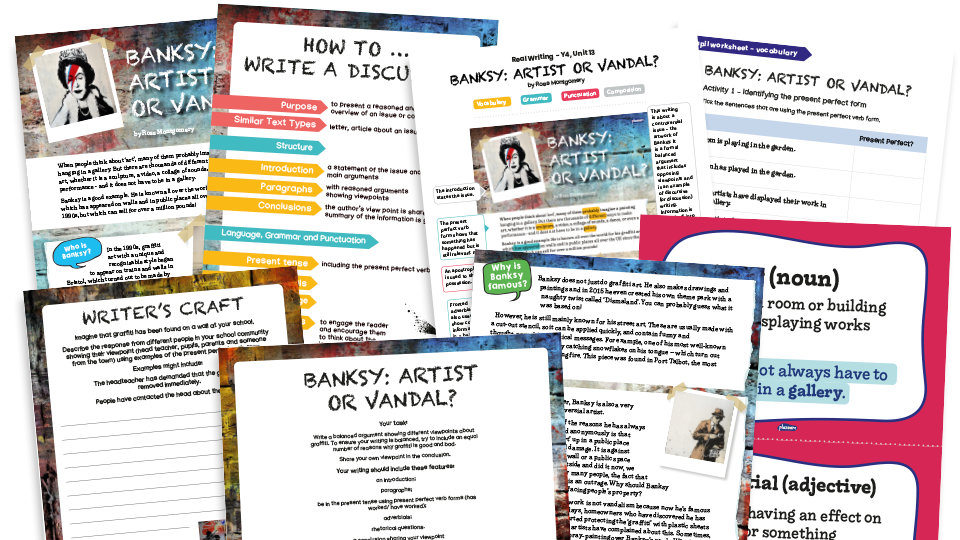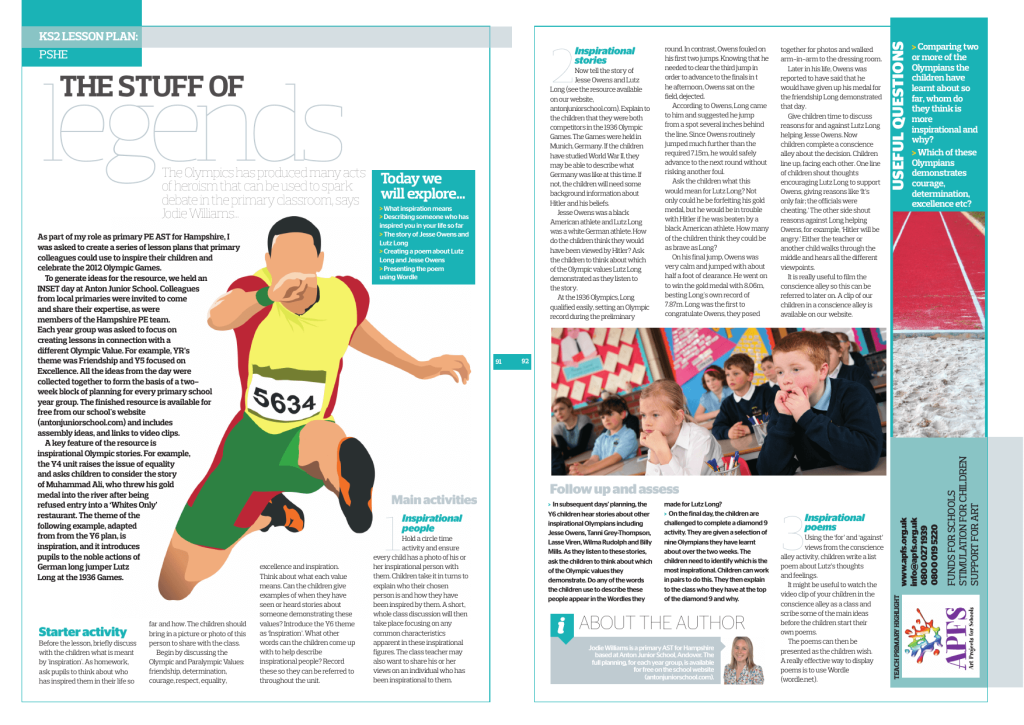Balanced argument KS2 – Best resources for primary debates

Help primary pupils learn to debate, discuss or argue a point articulately and expressively, whether in spoken or written language, with these activities, ideas and lesson plans…

- by Teachwire
- Classroom expertise and free resources for teachers

Taking part in a balanced argument KS2 lesson is beneficial for your pupils for a number of reasons, including in terms of their language development, literacy skills and overall educational growth. Make the job a little easier with these super ideas and resources…
Best balanced argument KS2 resources
Class debates lesson plan

Are computers better than books? Help pupils make clear and confident arguments with this free debate KS2 lesson plan from Noisy Classroom director, Debbie Newman. You’ll start the lesson off with a game of argument tennis…
#TopicalTuesdays news debates

First News is a weekly newspaper for young audiences, covering global headlines and empowering children with an understanding of the world in which they are growing up.
Every Tuesday, over at Plazoom there is a free #TopicalTuesdays resource to download, containing a news clipping from First News and a worksheet of related activities to try in your classroom.
There are always two writing tasks, a research activity and a topic to debate as a class or in small groups, covering everything from climate change and charity stunts to teacher shortages and the school concrete crisis.
The Noisy Classroom debate resources
Want a website packed full of advice, ideas and resources to help your pupils become persuasive speakers, critical listeners, analytical thinkers and engaged citizens?
The Noisy Classroom is a training organisation dedicated to promoting and supporting the use of speaking and listening in the classroom. It helps teachers use a range of debate, discussion, dialogue, role play and enquiry as part of the Noisy Learning experience.
On the site you’ll find debate and discussion topics and sheets with question prompts, videos of children debating, ideas on improving debate skills and embedding it across the curriculum, a reading list and loads more.
Would you let Daleks live on Earth?

Would your class let Daleks live on Earth? Should the Doctor give up being a Time Lord? This Pie Corbett non-fiction resource lets them consider the facts and write arguments for and against these dilemmas.
Banksy – artist or vandal?

In this Real Writing model text resource for Year 4 from Plazoom, pupils can read ‘Banksy: Artist or Vandal?’ by Ross Montgomery, an interesting balanced argument discussing whether Banksy’s work should be considered as art or vandalism.
Over the three-week unit, pupils will learn the origins of the word ‘graffiti’ and will investigate how the author has used the present perfect form of verbs when discussing the issue of graffiti.
Following a debate about graffiti, pupils will write their own balanced argument about this issue, showing opposing viewpoints.
Spark debate by exploring acts of heroism in sport

The Olympics has produced many acts of heroism that can be used to spark debate in the primary classroom. In this KS2 lesson plan you can inspire your children by introducing them to the noble actions of German long-jumper Lutz Long at the 1936 Olympic Games.
Children will discuss reasons for and against Lutz Long helping Jesse Owens, then you’ll try a ‘conscience alley’ drama activity to explore different viewpoints.
Persuasive writing worksheets and resources

While not quite the same as an oral debate, persuasive writing naturally involves a lot of the same skills. So help kids put together a convincing argument, whether it’s in an essay, advert, debate or letter, with these lessons, ideas, activities and more for KS2 persuasion.
How to host better debates in primary

They’re a key ‘real world’ skill, so here’s how to avoid yours descending into a shouting match, says Laura George…
We all go into class debates with the best intentions. You’ve set everything up perfectly – you’ve had research lessons, looked at examples, set rubrics and outcome grades. Then when the actual event comes around, your loudest pupils are the main attraction, the quiet ones add the odd comment and some pupils hide at the back and say nothing at all. Sound familiar?
I didn’t want to get rid of debates in my classroom. After all, recent research says that they are intrinsically linked to collaborative learning skills and critical thinking – skills that employers are very keen on.
Instead, I decided to adapt the way I run them to ensure that all pupils get heard (while also avoiding the prospect of SLT popping in to a lesson that looks more like a scene from Jeremy Kyle then BBC Question Time).
Try a silent version
Help to give a voice to quiet children by hosting a silent debate. In this model, instead of taking it in turns to listen, pupils are completely silent throughout. This is how it works.
Trending
On each table put an A3 sheet containing a stimulus such as an image, quote or newspaper headline. Next, let the pupils go around and add questions to the sheets. Now ask children to go round again, writing answers to the questions asked by others.
Do they agree? Has someone got something wrong? Can they correct the error? Suddenly, within 10 minutes, everyone will have made at least 10 points. No one is hiding at the back or shouting over anyone else – bingo!
Next, gather the sheets in and see what points were made, where confusions lie and what pupils still want to know. This is evidence of the debate that you can hold on to. Extend the task by making copies of the sheets and ask pupils to research further answers at home.
Down the line
Of course, it’s still important that we teach pupils to be vocal. Try this idea. Ask pupils to sit in two lines of chairs facing each other – one row is on the ‘disagree’ side while the other is ‘agree’.
Set a question and ask the children to debate with the person opposite them for two minutes. Having to argue a point of view that is not necessarily their own is a fantastic skill to grasp. Next, ask pupils on one side to move down one seat so that they have a new partner to talk to.
When you get to the end, ask the children to change sides. This approach keeps everyone involved and is also easy to monitor.
Next, add to the challenge by asking children to debate while sitting on their hands or keeping their eyes shut. Suddenly the task seems a lot harder. Pupils will start to see that debating involves other skills beyond just talking.
If you’re feeling brave, tell the children that they can only shout or whisper. This shows particular children what it’s like to be at the receiving end of their specific style and might nudge them to improve their technique.
Don’t shy away
Whether you choose to opt for the peaceful tranquillity of the silent debate or interrupt your neighbouring teacher with a shouting match, don’t shy away from debates.
They need a lot of structure but can also be amazingly rewarding and will allow pupils to flourish in a key ‘real world’ skill.
- Give pupils clear instructions
Minimal planning leads to debates that spiral into something of little worth. Children need to put in the time in lessons or at home – a debate shouldn’t be seen an easier option than written work. In fact, it’s just as challenging. - Don’t just focus on words
Encourage children to try different physical gestures. A good debater uses many different skills – it’s not just about what they say. - Let it spill over
Don’t make your debate the final activity in your scheme of learning. Instead, use it to introduce a topic, recap key points or progress independent learning. - Record the learning
Pupils will be proud of their efforts and it’s only right that you celebrate that. Pick out key phrases and add to a working display with their name. Alternatively, video the debate and turn it into your own chat show to watch next lesson, or use your silent debate sheets as wall displays.
Laura George is head of RS and PSHE at King’s Rochester in Kent. Follow her on Twitter at @mrs_educate.
Why teach pupils about balanced arguments?
Engaging in argumentative writing allows students to expand their vocabulary and improve sentence structure. It provides a practical context for applying grammatical rules and using varied language features.
Students will need to critically analyse and evaluate information from different sources. This process enhances their ability to comprehend complex texts, identify key points and discern between credible and unreliable sources.
“The ability to construct a balanced argument is simply a valuable life skill”
Regular practice in constructing arguments helps children develop writing fluency. They become more adept at organising their thoughts coherently and expressing themselves clearly, both of which are valuable skills across academic disciplines.
Engaging in argumentative writing also hones students’ rhetorical skills. They learn how to use persuasive techniques, such as appeals to emotion, logic and credibility to effectively convey their ideas and viewpoints.
As they get older, being able to analyse and construct arguments is important for exam success. And there’s the fact that the ability to construct a balanced argument is simply a valuable life skill. It equips students with the tools to communicate effectively, make informed decisions and engage in meaningful discussions, all of which will be essential in various aspects of their lives.
In fact, as principal teaching fellow Amanda Corrigan explains, oracy is more than a skill for future lawyers, entrepreneurs and politicians. It’s for children who have to fight deportation, or for the rights of their brothers and sisters, or for the care their parents need in later life.










